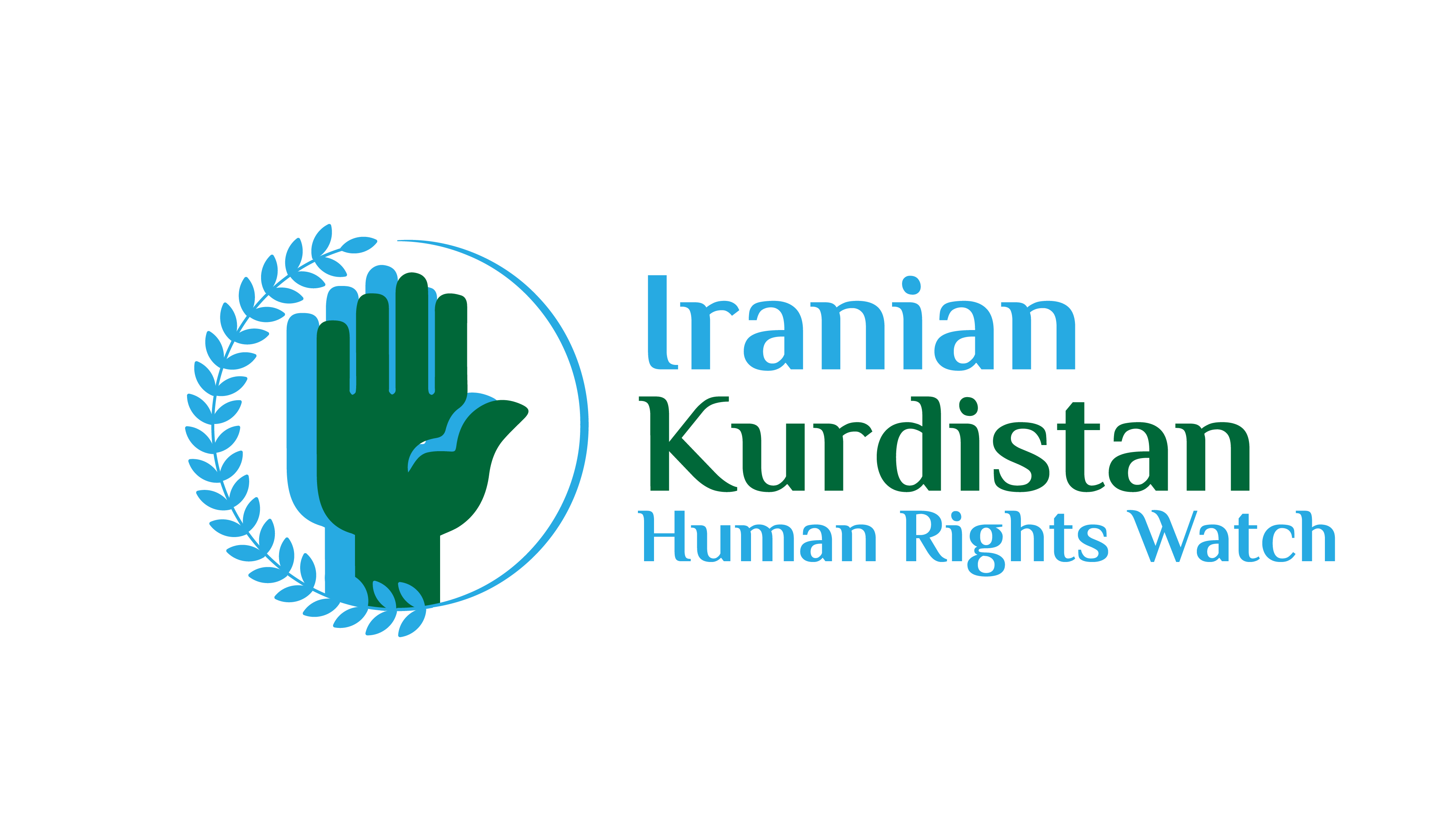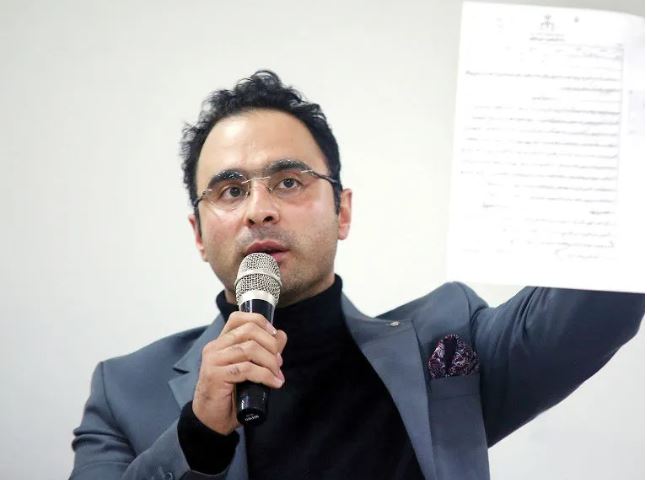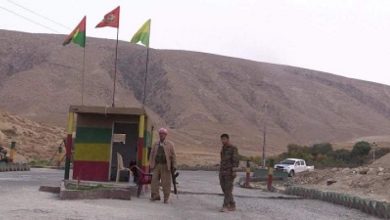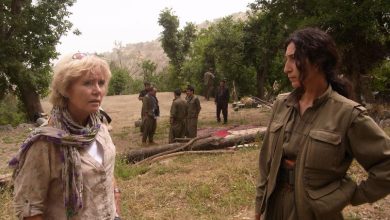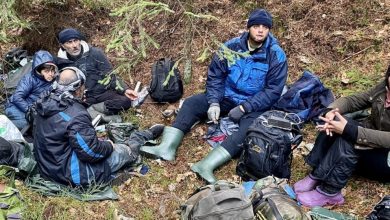Childhood Under the Shadow of Arms: A Legal and Criminological Analysis of Kurdish Armed Groups’ Use of Children and Adolescents
By Reza Shafakhah – Attorney at Law and Child Rights Activist
As a child rights activist, I’ve spent years confronting the harsh reality of child exploitation in its many forms: from child labor to child marriage, from the identity crisis of migrant children to domestic violence against adolescents. However, perhaps one of the most painful forms of this exploitation is the recruitment of children into armed conflicts. While at first glance this phenomenon might seem limited to war-torn regions of the Middle East, like Syria and Yemen, it is systematically occurring right here in the heart of our own land, in Iran’s Kurdish regions.
For years, Kurdish armed groups such as PJAK, PKK, the Kurdistan Freedom Party (PAK), and several other paramilitary factions have been recruiting, training, and utilizing children under 18 in military, intelligence, logistical, and propaganda activities. This use of children constitutes a flagrant violation of fundamental human rights from both a legal and criminological perspective. Unfortunately, it has been met with relative silence from the media and responsible authorities within the country.
The Use of Children in Armed Conflicts: An International Crime
According to Article 38 of the Convention on the Rights of the Child, States Parties are obliged to ensure that persons who have not attained the age of 15 years do not take a direct part in hostilities. The Optional Protocol to the Convention (on the involvement of children in armed conflict), to which Iran is also a signatory, raises this age to 18 and emphasizes the prohibition of forced or voluntary recruitment of children by non-state armed groups. In Iran’s domestic legal system, the Law on the Protection of Children and Adolescents, ratified in 2020, is explicit on this matter. Paragraph (P) of Article 9 of this law identifies any exploitation of children in military activities or military training as a “hazardous situation.” Furthermore, Article 10 states that individuals and entities who place children in such situations are subject to criminal prosecution. From this perspective, the actions of non-state armed groups in Iran’s border regions are a clear instance of violating both domestic and international laws.
“Hazardous Situation”: A Key Concept in the New Law
The Law on the Protection of Children and Adolescents in Iran introduces the concept of a “hazardous situation,” offering a new perspective on state intervention for child protection. One of the most significant examples of this situation is participation in armed conflicts or exposure to military training. From a criminological viewpoint, children exposed to such situations face multifaceted future risks: psychological disorders, reduced social skills, aggression, distrust of society, and a propensity for crime or extremism. Instead of following their natural developmental path through education, play, art, skill development, and the discovery of human potential, these children are steered towards death, violence, and hatred. A child soldier, even if they never hold a weapon, is a victim of multi-layered human rights violations.
The Criminology of Poverty and Violence in Border Regions
From a criminological perspective, the involvement of children in armed groups is not accidental. This phenomenon primarily reflects structural gaps and inequalities in peripheral communities. Iran’s border provinces, including Kurdistan, West Azerbaijan, and parts of Kermanshah and Ilam, face high rates of poverty, unemployment, educational deprivation, limited access to health and cultural services, and a vast disparity between the center and the periphery. In such an environment, divorce, addiction, identitylessness, and domestic violence also contribute to the formation of vulnerable families. A child living in such a family and region often lacks social support. When there are no schools, no mentors, and no oversight from welfare organizations or the Ministry of Education, the child is left alone. Ultimately, they are recruited by groups that, under the guise of freedom or resistance, exploit these social voids and wounds.
Where Did the Government Go Wrong?
A realistic analysis of this phenomenon necessitates considering the responsibility of the Islamic Republic of Iran’s government, and even its predecessor, the Pahlavi regime. From Reza Shah’s era to the present, policies that have led to the marginalization of border regions, the suppression of indigenous languages and cultures, neglect of sustainable development, and a security-focused approach to social issues have inadvertently paved the way for some Kurdish adolescents to gravitate toward armed groups. When ethnic identity is not recognized, equal opportunities in education and employment are not provided, and national development policy is driven by a centralized approach, a sense of injustice emerges among adolescents. If left unaddressed, this feeling can lead to recruitment by groups that present themselves as alternatives to the status quo, even though what they actually do is merely perpetuate violence.
The Cost to Childhood: Institutional Silence and Shared Accountability
One of the most critical crises surrounding this phenomenon is the lack of an appropriate response from responsible institutions in Iran. The Ministry of Education, the State Welfare Organization, the Imam Khomeini Relief Foundation, the Ministry of Interior, and the High Council for Child Welfare – all of whom should uphold the best interests of the child – are either oblivious to this issue or, due to political considerations, prefer to remain silent. This silence, whether born of ignorance or expediency, fuels the ongoing exploitation of children. In border regions, a widespread network of social workers, child psychologists, educational counselors, and support organizations should be present to embrace children with education and social support before armed groups can reach them.
The Role of Civil Society and the Need for Immediate Action about The Right to Childhood
In the absence or weakness of governmental action, civil society must play a more prominent role. Non-governmental organizations active in child protection, independent media, courageous journalists, and human rights activists can take steps to counter this trend by raising awareness, educating families, and advocating with officials. Publishing real stories of children who have been deceived and victimized, launching awareness campaigns in Kurdish-speaking areas, and documenting violations are some actions that can help change this situation. Iranian Kurdistan Human Rights Watch specifically has a vital role to play here.
Conclusion: The Right to Childhood, Not the Right to War
Regardless of their ethnicity, religion, language, or birthplace, every child has a universal and inalienable right: the right to life, the right to development, the right to education, and the right to play. No political, military, or ethnic group is permitted to violate these rights, even if they claim to be fighting for “freedom” or “independence.” The use of children in war, whether voluntary or forced, is a crime. It must be addressed without discrimination, without pretense. We must differentiate between civil protest, which is the right of all ethnic groups and citizens, and the military exploitation of children. We must stand against groups that abuse childhood for armed purposes, just as we must speak out against structural oppression by the state.
As long as poverty, inequality, discrimination, and the lack of social services persist in border regions, children will remain vulnerable to exploitation. However, by reforming policies, strengthening civil institutions, and holding the government accountable, we can pull children out from under the shadow of arms and restore to them what is rightfully theirs—their childhood.
